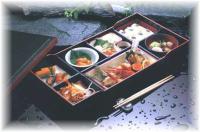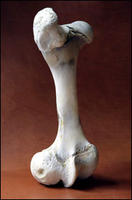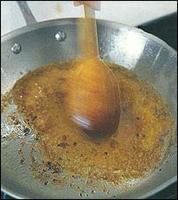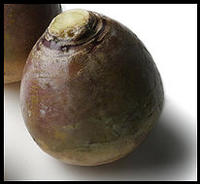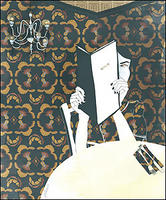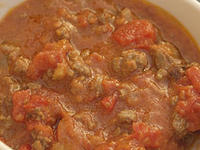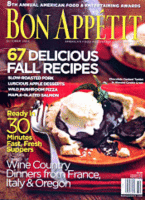Mexicans have the hots for instant ramen
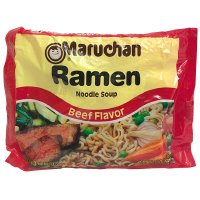 By Marla Dickerson,
By Marla Dickerson,Los Angeles Times
My co-workers eat this stuff almost every day. It's a staple in this office, as well as in Mexico, as the article confirms.
Among the reasons for the popularity of the noodles in Mexico, the cost and the speed of preparation. However for some, the popularity of this item is a slap in the face to traditional mexican cuisine, as the natives of that country take great pride in their food.
It is also contributing to the growing number of weight problems in the country.That's a profane act for some Mexicans whose relationship with food is so sacred that their ancestors believed humankind was descended from corn.
Food here is history. It is religion. It is patrimony. Ask anyone who has savored such delights as ''chiles en nogada," poblano chilies stuffed with spiced pork and topped with creamy walnut sauce and pomegranate seeds to replicate the green, white, and red colors of the Mexican flag.
It's also passion. In Laura Esquivel's popular novel ''Like Water for Chocolate," the sensuous alchemy of Mexican cooking unleashes a family's ravenous desires.
Small wonder that defenders of the nation's cuisine, such as Gloria Lopez Morales, an official with Mexico's National Council for Culture and Arts, are appalled that Mexican palates have been seduced by this ramen import.
'It's cheap energy," said Dr. Gustavo Acosta Altamirano, a nutrition specialist at Juarez Hospital in Mexico City, of the nation's growing addiction to soft drinks, sugary snacks, and starchy foods such as ramen noodles. ''But it's making us fat."

